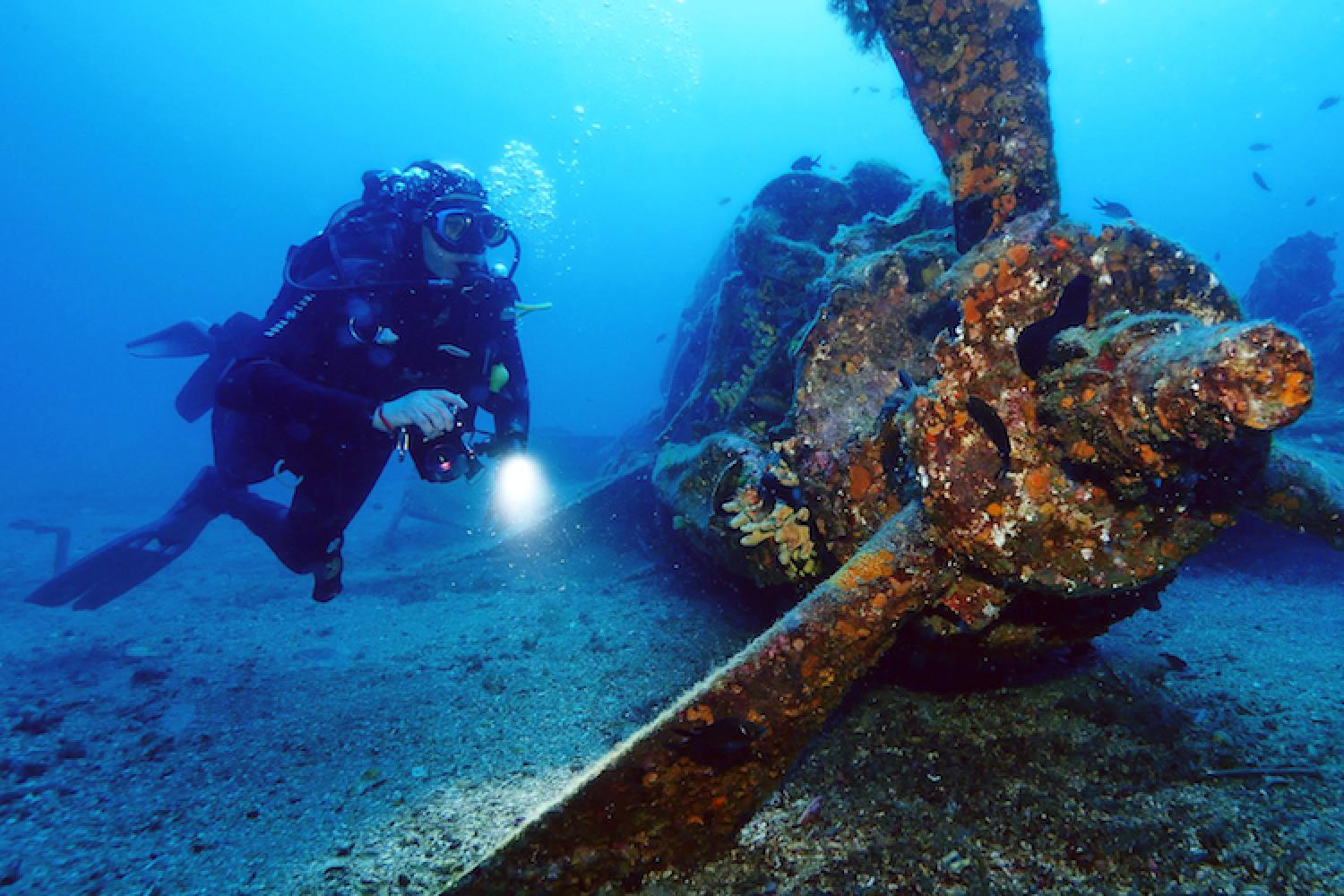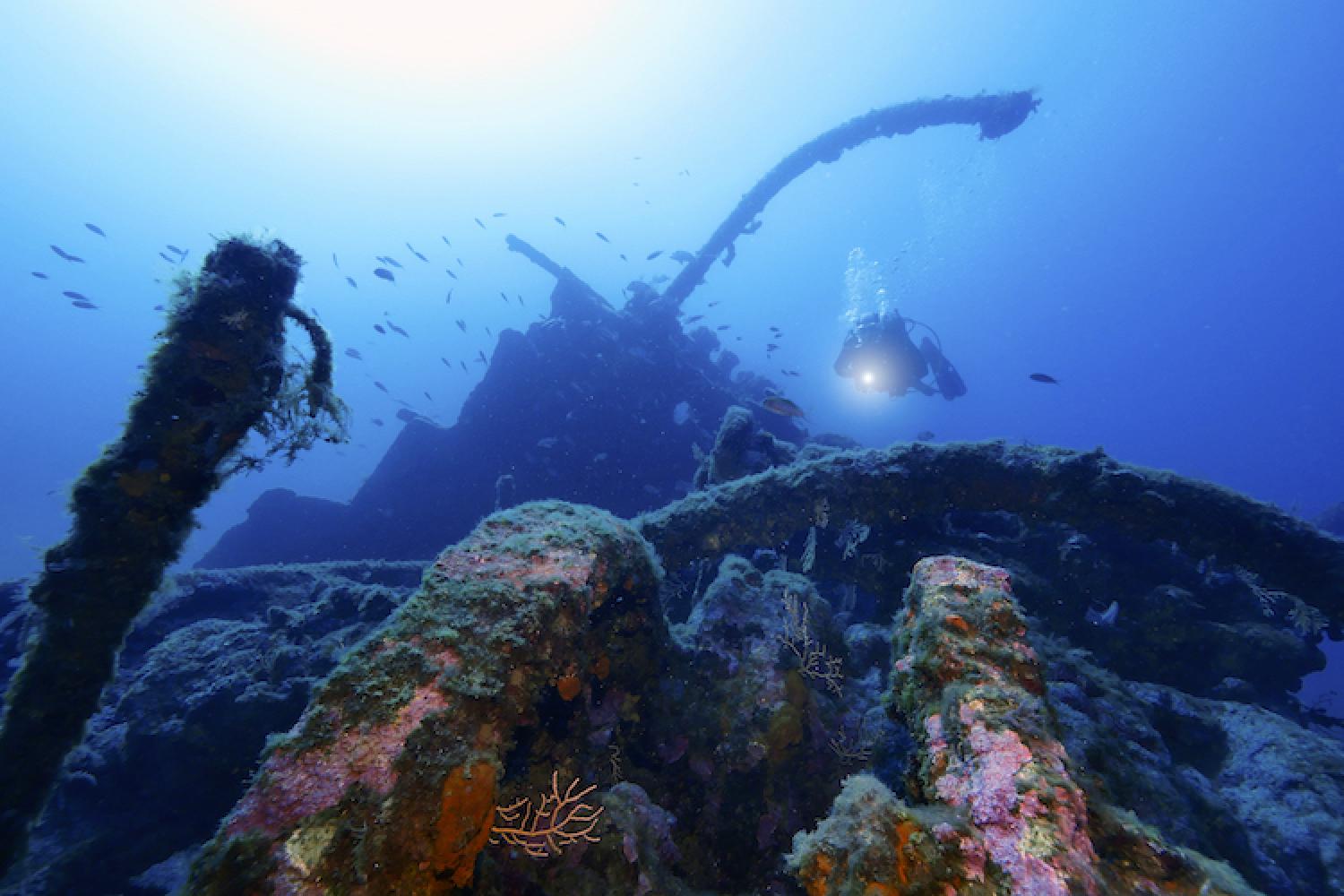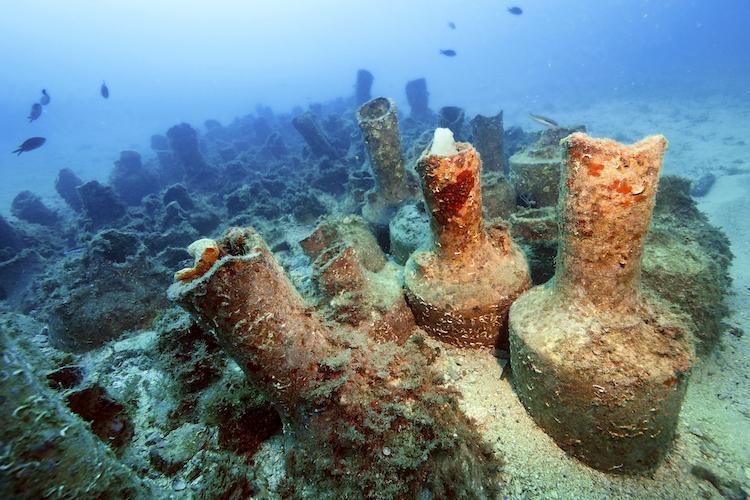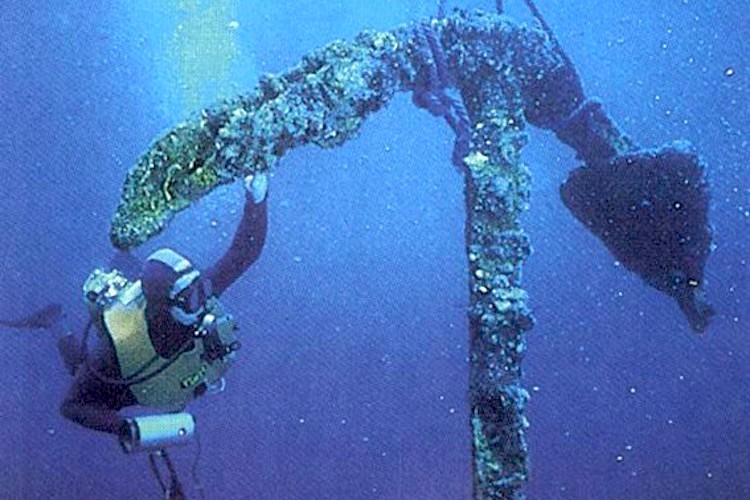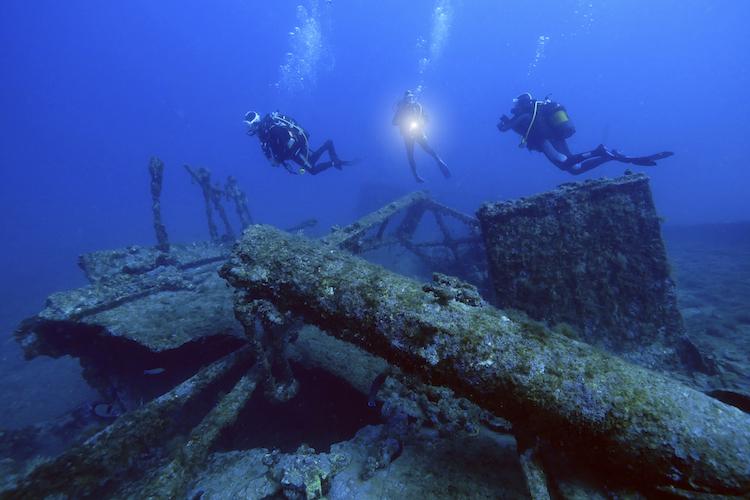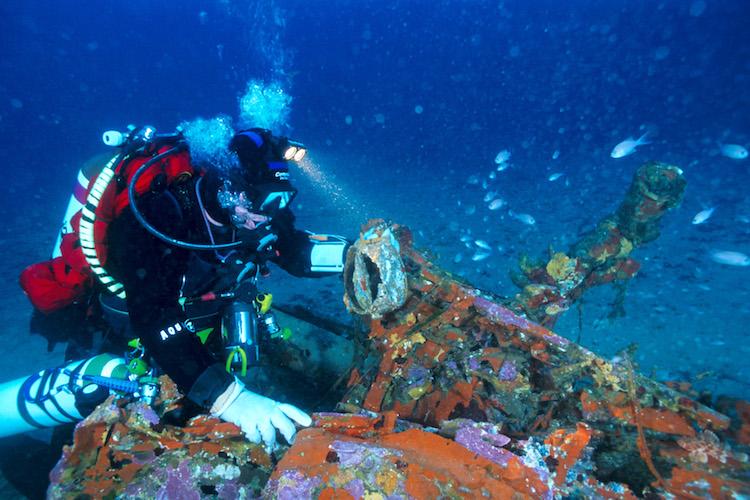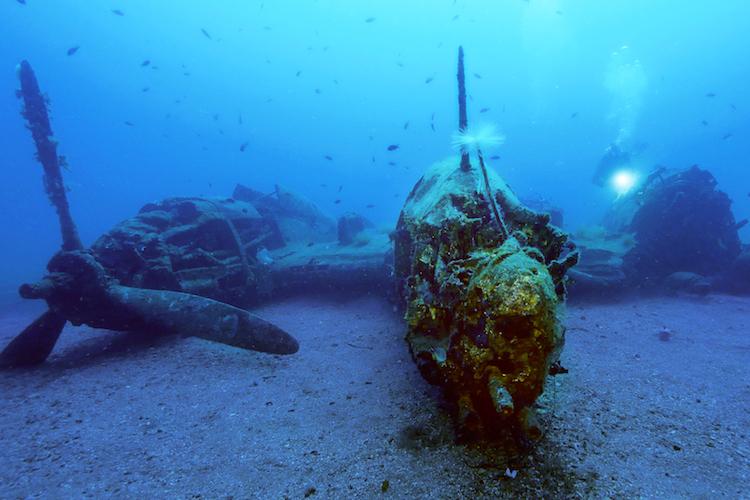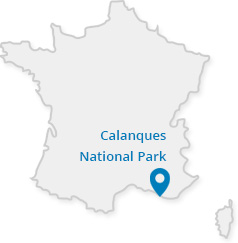Underwater archaeology in the national park
Underwater treasures
Many treasures lie in the depths of the sea in the Calanques National Park, providing precious testimonies of Man's activities over thousands of years.
Wrecks dating back to Antiquity, and through to more recent times, help us retrace how Marseille exchanged with the rest of the world. Apart from wrecks, many objects testify to the presence of Man at sea including amphorae for wine or oil, strawberry jars that quarantining sailors in Frioul threw away, and in some cases carefully sculpted fishermen's pipes, among others.
The presence of both ancient and more modern wrecks makes the Calanques National Park one of the most important places for underwater conservation on the French Mediterranean coastline
Shipwrecks
Antiquity
From the outset, Greek and then Roman Marseille was an important trading port visited by many ships from all over the Mediterranean.
The most famous is Tiboulen de Maïre which, with its length of 30 metres and enormous cargo of amphorae, is a major underwater archaeology site in the Mediterranean.
Not to mention Ecueil de Miet 3 (6th century B.C.) which was carrying probably about one hundred Etruscan amphorae and canthars, semi-deep cups with two handles, usually carefully decorated, used for drinking wine and part of the Dionysian cult.
Plane 2 (5th or early 4th century B.C.) bears witness to trade with the Greek and Punic societies. Its cargo is very diverse including flat copper ingots, Greek, Massaliote and Punic amphorae, and undecorated Attic ceramics. It is undoubtedly one of the most important deposits on the French Mediterranean coast.
The Middle Ages
Le Grand-Saint-Antoine
This is undoubtedly the most legendary shipwreck in the Calanques, associated with the terrible plage in 1720, in itself an important slice of history. Click here for more about the the Grand-Saint-Antoine shipwreck (French).
Le Plateau des chèvres 1
This 16th-century wreck lies on the vast plateau between the Marseilleveyre mountains and Jarre and Plane islands. Few wrecks from this period have been found. The cargo of the ship included ceramics from Fréjus including small pegasus vases from the Middle Ages, jugs, saucers, bowls, chamber pots, and dourques (containers used for cooking). Trawling has damaged the deposit.
Early modern period
Two of the 20th-century shipwrecks are particularly famous.
In 1903, the Liban tragically sank in a few minutes after a collision near Maïre island. This sad event left troubled traces for a long time.
In 1970, the Chaouen, with a cargo of oranges, sank slowly near Planier.
Plane wrecks
Saint-Exupéry's plane
The author of Petit Prince died in Marseille, in the water of the calanques. The circumstances of his death and the discovery of his plane are worthy of a novel. Click here for more information about Saint-Exupéry's plane wreck (French).
Harry Greenup's P-38
There are still wrecks of military planes in the bay of La Ciotat. They include Harry Greenup's P-8 (position: 43.172710, 5.623847). He was shot down by German forces while flying over the bay in January 1944. His plane crashed into the sea, but the young American pilot was able to escape in time. He was imprisoned by the Germans for over a year. His plane still lies on its back at a depth of 40 metres.




